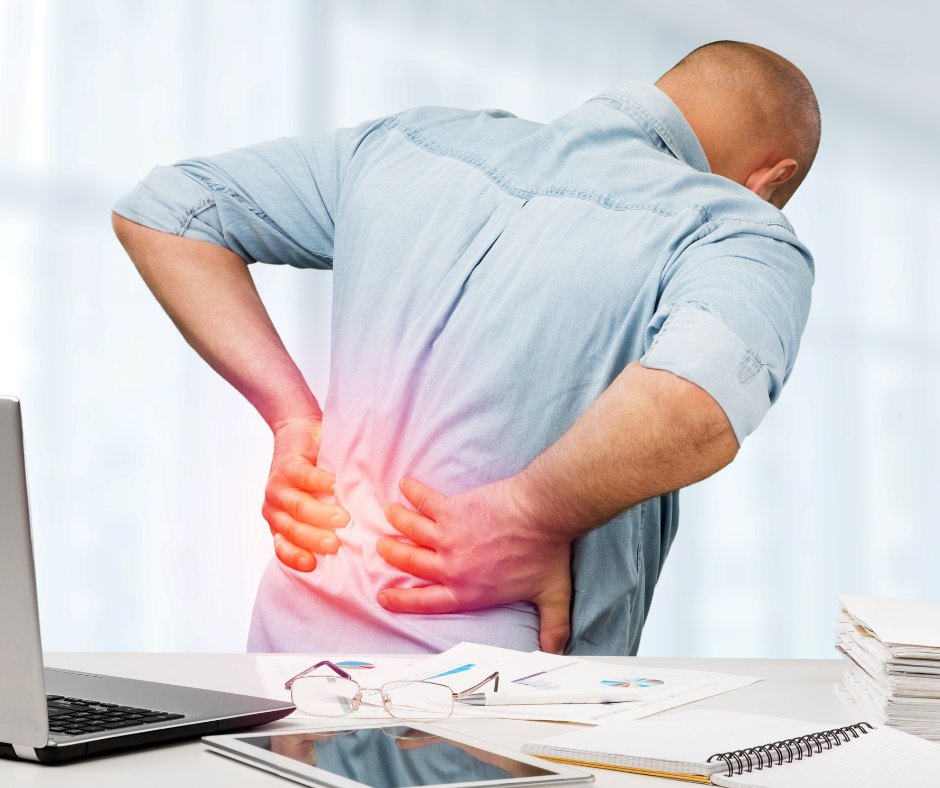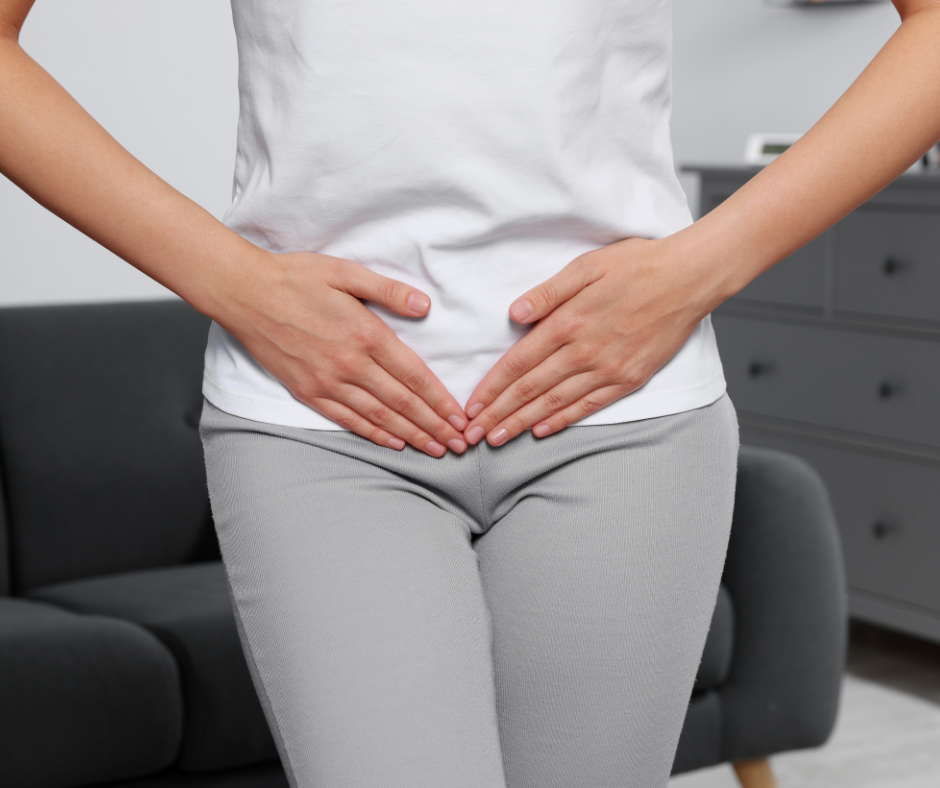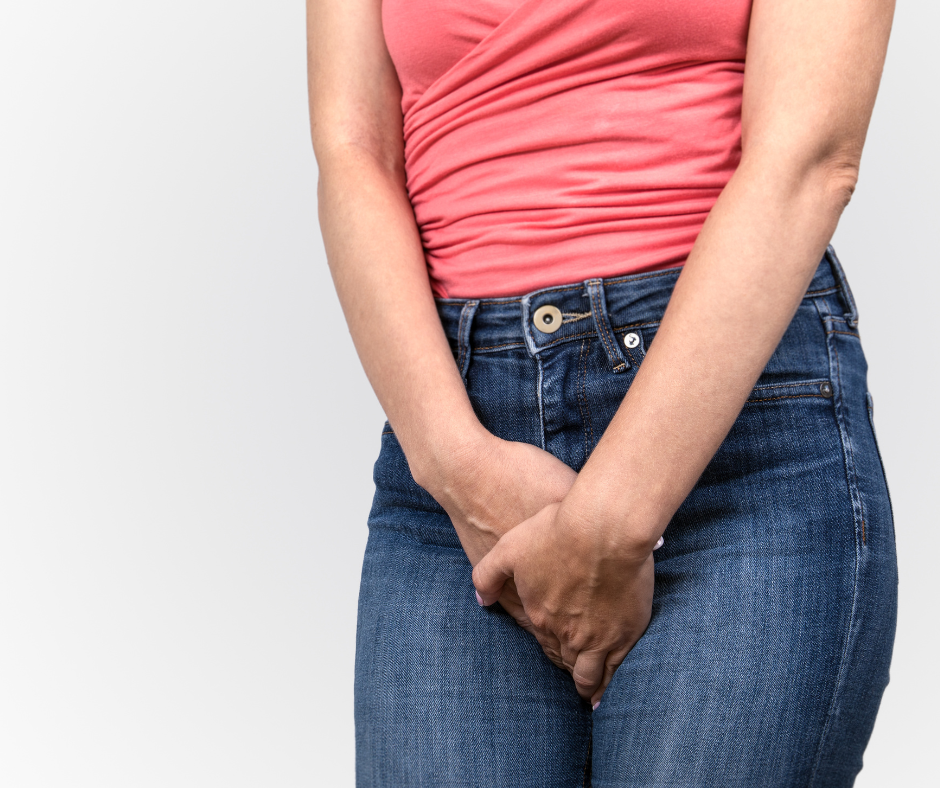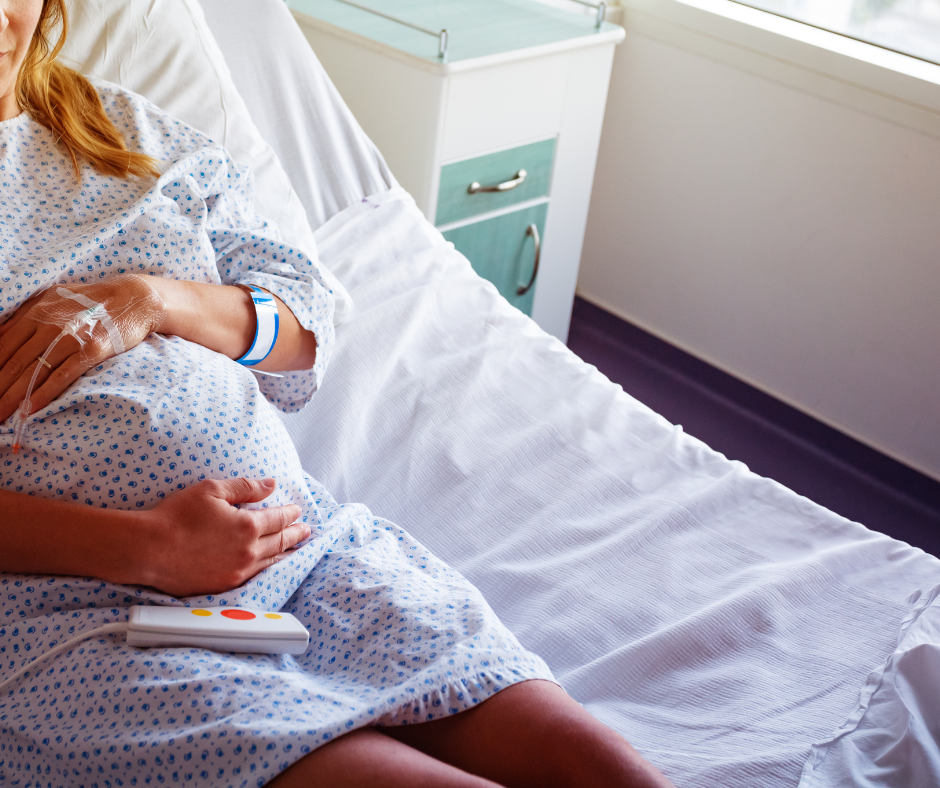Functional Electrotherapy for Pelvic Pain
Pelvic pain affects more women than we might think. Its prevalence varies according to different studies and is probably underestimated. It is often associated with negative cognitive, behavioral, sexual, and emotional consequences, in addition to being linked to physical symptoms such as urinary infections and/or sexual, intestinal, pelvic floor, or gynecological dysfunctions.
Pelvic pain can become chronic when symptoms persist for more than 3 to 6 months. Therefore, it's crucial to ensure rapid management by a healthcare professional. The management is multifaceted but also involves helping patients find strategies for self-managing the pain in their daily lives. Did you know that TENS can be a self-management tool for this clientele?
EVA: A SELF-MANAGEMENT TOOL FOR PAIN FOR WOMEN
Let's remember that transcutaneous electrical nerve stimulation (TENS) relies on the body's endogenous pain management mechanisms. It's a natural and safe method that can assist women with various pathologies, such as primary and secondary dysmenorrhea, vulvodynia, vestibulodynia, deep dyspareunia, vaginismus, and various neuralgias affecting the pelvic region. Let's take a closer look.
DYSMENORRHEA
Primary dysmenorrhea (PD) is defined by lower abdomen cramps occurring just before or during menstruation in women, without any identifiable pelvic pathology. Studies suggest that it could affect between forty-five (45%) and ninety-five percent (95%) of women. For ten (10%) to fifteen (15%) percent of these women, the pain is strong enough to interfere with daily life.
Secondary dysmenorrhea involves menstrual pain associated with an underlying pelvic pathology, such as endometriosis, adenomyosis, or uterine fibroids. Among clients suffering from endometriosis, at least 20% of patients still present painful symptoms following medical treatments.
Various strategies can be employed to manage the pain of dysmenorrhea with TENS, such as placement at the nerve roots innervating the uterus and application on the painful territory. Several studies show that TENS is a safe, well-tolerated tool demonstrating its effectiveness in relieving the pains of primary and secondary dysmenorrhea. Moreover, pain management with TENS can also be optimized with the application of thermotherapy (heat). Some studies have even shown a reduction in NSAID intake with the application of TENS.
Its use can also be functional, thus improving the quality of life and function of patients during painful episodes.
VULVODYNIA AND VESTIBULODYNIA
Many women suffer from vulvodynia, i.e., vulvar pain lasting more than 3 months without an identifiable cause. Vestibulodynia, a subcategory of vulvodynia, manifests as pain localized more precisely at the vaginal entrance (vulvar vestibule). Its prevalence could be present in up to 28% of women throughout their lifetime. It is, once again, underestimated.
The pain can be spontaneous, provoked, or mixed. It can be exacerbated by sexual intercourse, the insertion of a tampon, wearing tight clothing, prolonged sitting, or activities such as bicycling. We can therefore understand the adverse effects of this pain in women's lives. It has impacts on the quality of life and sexual life of women.
Vulvodynia and vestibulodynia have been the subjects of several studies in recent years. The application of TENS has been studied with the use of a vaginal probe as well as external application on the labia majora. In studies, internal or external application in self-management significantly reduced vulvar pain and improved sexual functions in the short and medium term. Other strategies can also be used, such as application at the corresponding nerve roots if the patient cannot tolerate direct stimulation at the genital organs in the presence of allodynia, dysesthesia, or when used functionally.
DEEP DYSPAREUNIA AND VAGINISMUS
Deep dyspareunia is not a pathology itself. It's pain during deep penetration. About 61% of women will experience this pain during their lifetime. The pain is only felt during deep penetration and may be increased after the ovulation period or in the premenstrual period. It can be associated with an acute or chronic pathology, such as endometriosis. It can also be caused by congenital malformation, nerve dysfunction, menopause, or injuries such as episiotomy or other genital procedures.
Vaginismus is often confused with deep dyspareunia. It is defined by recurrent and persistent muscle spasms of the outer third of the vagina interfering with vaginal penetration. It affects between 1 and 6% of women and is caused by a secondary conditioning response to unfavorable physical or psychological stimuli. Certain medical causes can be associated, such as vaginal tract infection, vestibulodynia, menopause, previous genital surgical trauma, and prior radiotherapy.
These two issues can be associated with unfavorable psychological experiences. Therefore, it's important to work in tandem with other health professionals who can help these patients.
Several studies on various pelvic-perineal pathologies have used the deep dyspareunia scale to study the effects of TENS internally or externally. These studies reported significant effects on the deep dyspareunia scale and pain.
Thus, the use of TENS in self-management could be an intervention in addition to the physical and psychological rehabilitation of patients.
NEURALGIAS
Several nerves innervate the pelvic-perineal region: iliohypogastric, ilioinguinal, genitofemoral (border nerve syndrome), not to forget the pudendal nerve innervating the vulvar territory.
Neuralgias of the pelvic-perineal region such as the border nerve syndrome and pudendal neuralgia can occur at different times in a woman's life: following an appendectomy, childbirth, cesarean section, surgery, during a lumbar sympathetic block, prolonged pressure, or trauma.
TENS is well known for managing neuropathic pain. It can also be used in a pelvic-perineal context. Different application strategies can be used in pain self-management depending on the signs and symptoms of patients, such as the painful pathway or the presence of allodynia.
In conclusion, EVA offers several TENS programs. Its use in self-care can become an ally for the patient and the healthcare professional. The success of the modality relies on teaching and educating the patient to maximize pain management strategies.
At SET, our priority is to support you in the pelvic-perineal rehabilitation of your patients, focusing on close collaboration to maximize the effectiveness of home treatment. We understand the importance of clear and precise communication to identify and meet the specific needs of each patient.
Thanks to our recommendation tool, we facilitate the establishment of a care plan tailored to your therapeutic goals, thus strengthening the outcomes of rehabilitation for the benefit of the patient.
To explore how our expertise in functional electrotherapy can enrich your practice and improve the rehabilitation journey of your patients, we invite you to communicate with one of our experts.
Together, let's progress towards a comprehensive approach from the clinic to the home of your patients for optimal results.
Sources:
1. Burkhard FC, Bosch JLHR, Cruz F, Lemack GE, Nambiar AK, Thiruchelvam N, Tubaro A. EAU-Guidelines on urinary incontinence. Eur Assoc Urol. 2020;100.
2. Bai HY, Bai HY, Yang ZQ. Effect of transcutaneous electrical nerve stimulation therapy for the treatment of primary dysmenorrheal. Medicine (Baltimore). 2017 Sep;96(36):e7959. PMCID: PMC6392990
3. Rodrigues JC, Avila MA, Driusso P. Transcutaneous electrical nerve stimulation for women with primary dysmenorrhea: Study protocol for a randomized controlled clinical trial with economic evaluation. PLOS ONE. Public Library of Science; 2021 May 20;16(5):e0250111.
4. Dysmenorrhea [Internet]. [cited 2022 Jun 28]. Available from: https://www.dynamed.com/condition/dysmenorrhea
5. Mira TAA, Yela DA, Podgaec S, Baracat EC, Benetti-Pinto CL. Hormonal treatment isolated versus hormonal treatment associated with electrotherapy for pelvic pain control in deep endometriosis: Randomized clinical trial. Eur J Obstet Gynecol Reprod Biol. 2020 Dec;255:134–141.
6. Arik MI, Kiloatar H, Aslan B, Icelli M. The effect of TENS for pain relief in women with primary dysmenorrhea: A systematic review and meta-analysis. Explore N Y N. 2022 Feb;18(1):108–113. PMID: 32917532
7. Machado AFP, Perracini MR, Rampazo ÉP, Driusso P, Liebano RE. Effects of thermotherapy and transcutaneous electrical nerve stimulation on patients with primary dysmenorrhea: A randomized, placebo-controlled, double-blind clinical trial. Complement Ther Med. 2019 Dec;47:102188.
8. Manisha U, Anuradha L. Effect of high frequency transcutaneous electrical nerve stimulation at root level menstrual pain in primary dysmenorrhea. J Bodyw Mov Ther. 2021 Apr;26:108–112. PMID: 33992229
9. Murina F, Graziottin A, Felice R, Radici G, Tognocchi C. Vestibulodynia: Synergy Between Palmitoylethanolamide + Transpolydatin and Transcutaneous Electrical Nerve Stimulation. J Low Genit Tract Dis. 2013 Apr;17(2):111–116.
10. Murina F, Felice R, Di Francesco S, Oneda S. Vaginal diazepam plus transcutaneous electrical nerve stimulation to treat vestibulodynia: A randomized controlled trial. Eur J Obstet Gynecol Reprod Biol. 2018 Sep;228:148–153.
11. Fagevik Olsén M, Elden H, Dahmén Janson E, Lilja H, Stener-Victorin E. A comparison of high- versus low-intensity, high-frequency transcutaneous electric nerve stimulation for painful postpartum uterine contractions. Acta Obstet Gynecol Scand. 2007 Jan;86(3):310–314.
12. Vallinga MS, Spoelstra SK, Hemel ILM, van de Wiel HBM, Weijmar Schultz WCM. Transcutaneous Electrical Nerve Stimulation as an Additional Treatment for Women Suffering from Therapy‐Resistant Provoked Vestibulodynia: A Feasibility Study. J Sex Med. 2015 Jan;12(1):228–237.
13. Li W, Hu Q, Zhang Z, Shen F, Xie Z. Effect of different electrical stimulation protocols for pelvic floor rehabilitation of postpartum women with extremely weak muscle strength. Medicine (Baltimore). 2020 Apr 24;99(17):e19863. PMCID: PMC7440138
14. Zhong F, Miao W, Yu Z, Hong L, Deng N. Clinical effect of electrical stimulation biofeedback therapy combined with pelvic floor functional exercise on postpartum pelvic organ prolapse. Am J Transl Res. 2021;13(6):6629–6637. PMCID: PMC8290786








(450) 508.4183
1.800.761.1183
Nos appareils
©Tous droits réservés SET - Service d'Électro Thérapie - Soulagement de la douleur et réhabilitation musculaire par l'électrothérapie

